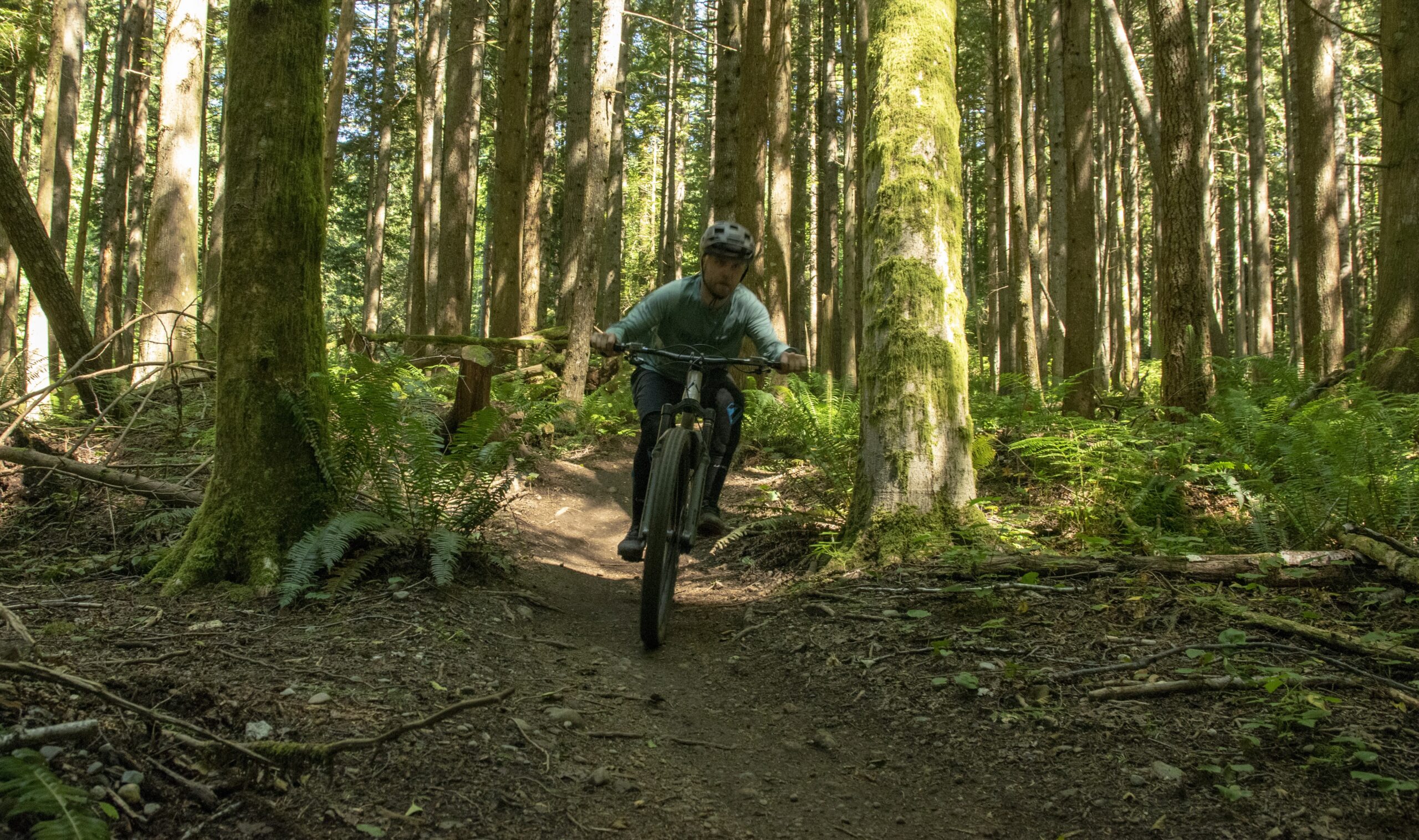
Intro
Most of our reviews are pretty long — and take a long time to produce — because we want to provide enough info for you to actually determine whether the gear we tested will work well for you.
But we get asked to check out an increasingly wide range of products, and sometimes, we just want to tell you about something we’ve been using and loving lately.
So that’s where this monthly series — Stuff We Like — comes in, where we keep you current on a broad range of stuff we’re currently digging.
And if there’s something you love that you think we ought to check out, drop us a note in the comment section below.
MSR Habitude™ 4 Family & Group Camping Tent
MSRP: $559.95
Kristin Sinnott: The first few times my husband and I took my son camping, we used an old 2-person backpacking tent. One of the times we were actually backpacking, so the tent’s cramped quarters felt somewhat appropriate, but using a 2-person backpacking tent for a family of three when car camping is less tolerable.
So last year, when supplies of just about everything were low, I purchased a cheap but spacious tent. My only requirement was that I didn’t want to pay a lot and I wanted to be able to stand up inside it. Standing up in a tent is something new for me, but I’ve found it helps a lot when camping with a toddler. Or at least my toddler, who thinks a tent with sleeping pads is basically a giant bouncy house.
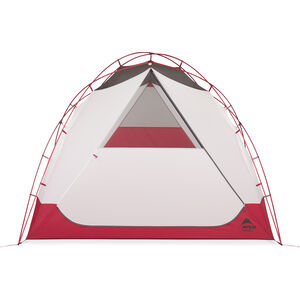
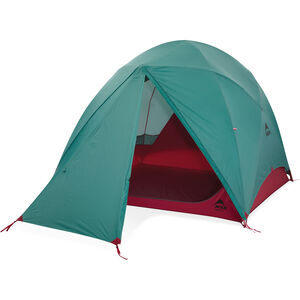
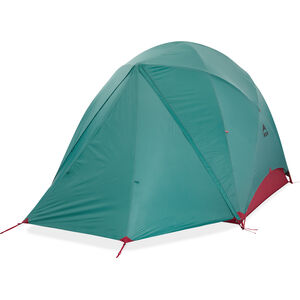
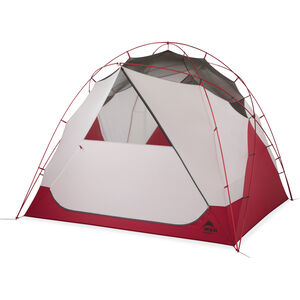
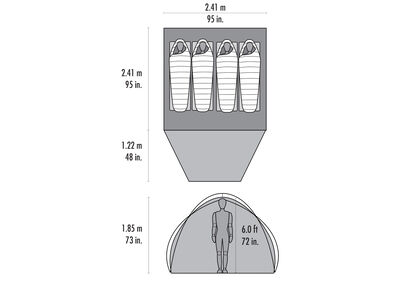
The biggest issues with the tent I purchased last year were that its footprint was way too big and it wasn’t all that weatherproof. A typical tent platform / site is designed to be 10 x 12 ft (3 x 3.6 m). My tent had a footprint of 10 x 9 ft (3 x 2.7 m), plus a 10 x 5 ft (3 x 1.5 m) full-screen non-detachable room. Because of its size, our tent never fit in the typical space allotted for a tent in a campground, and it was even harder to find a flat spot of that size outside of campgrounds.
My family started using the Habitude™ 4 this summer and we have been loving it. We haven’t tested it in any inclement weather yet, but we like the design of the tent very much. It comfortably accommodates three sleeping pads (2 paco pads and one Zenbivy), and it wouldn’t be a stretch to add a fourth. The interior peak height is 73 in / 1.85 m, or just over 6 feet tall, making it tall enough for us to move around inside. Without the rainfly, the dimensions of the tent are 95 in x 95 in (2.41 m x 2.41 m). The upper walls are mesh screened, as is the top, and while I was initially disappointed there wasn’t more mesh on the lower half of the tent, the placement of the mesh on the ceilings allows for a nice view of the stars and enough ventilation for a good night’s sleep. It also maintains privacy when changing.
The Habitude™ 4 Weighs in at almost 13 pounds (5.9 kg), so if you’re looking for a 4-person backpacking tent, it would be best to look at lighter options. We recently used the tent on a multi-day river trip and loved it. The tent, our sleeping bags, one pad (we used paco pads for 2 of the beds), and three pillows all fit into a 110 L dry bag. The tent comes with a stuff sack that doesn’t require a specific fold to make it fit, which is extremely nice. I was able to pitch and break down the tent solo, but it’s definitely easier with an extra set of hands. If you’re looking for a tent for 4, I highly recommend checking out the Habitude™ 4.
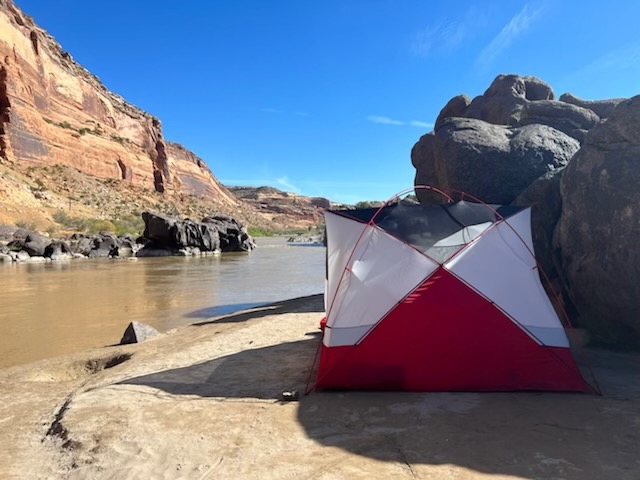
Rocky Mounts GuideRail
MSRP: $850
David Golay:
I’ve just started testing Rocky Mount’s new hitch-mounted bike rack, the GuideRail, and after a few weeks with it, I’m hugely impressed. The overall layout of the GuideRail is very reminiscent of 1Up’s popular racks, and having owned one of those for years, I’m a big fan of the dual-arm style of holding bikes. It’s easy to use, works with a big variety of bikes, and only touches the bike at the tires, thereby avoiding scuffs and scratches. And since you can move the bikes side-to-side a bit (i.e., neither wheel location is 100% fixed), it’s easy to prevent interference between adjacent bikes.
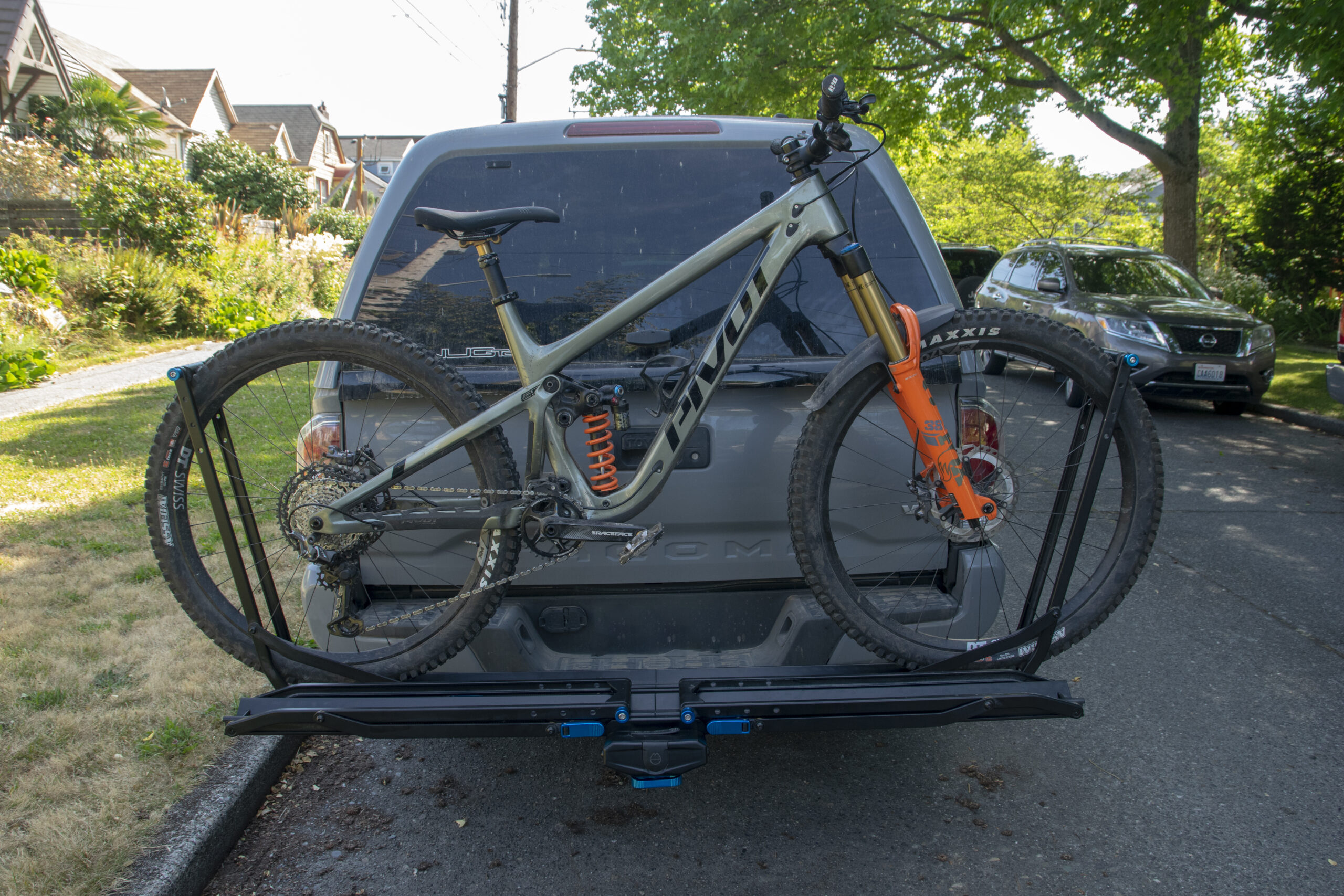
But Rocky Mounts didn’t just copy 1Up and call it a day. While their general concept is definitely 1Up-inspired (Rocky Mounts readily admits as much), they’ve found a bunch of ways to improve upon their recipe. In short:
(1) The action of the arms is much smoother, and the latches are easier to use. The standard 1Up requires a little finesse to lift the latch halfway to slide (if you lift too far it catches again) and takes two hands to operate. The GuideRail’s latches can either be pressed or pulled open to release, and they can be locked in the open position so that the arm moves freely without you having to continue holding the latch.
(2) The handle to raise and lower the GuideRail is at the back of the rack (so that you don’t have to reach underneath the rack, like on the standard 1Up) and it’s a whole lot smoother and easier to use — the 1Up needs you to pull evenly from the center of the bar and it can be a bit fiddly.
(3) The GuideRail comes with a burly integrated lock that uses a 10 mm hardened steel chain (unlike most integrated lock systems that just use an easily-cut cable) and it’s super easy to use. The chain has a large eyelet on one end, and you loop the chain around the downtube of the inner bike and back through the eyelet; the tail of the chain goes through the other bike’s front triangle and into a receiver at the end of the rack, where it’s secured with a lock cylinder. The chain is covered with a nylon sheath to protect bikes from scuffs. It’s extremely easy to use and appears very stout.
The 2’’ hitch version of the GuideRail is available now, and a 1.25’’ version is coming soon, as is a 2’’ version with a swing-out, called the AfterParty. All three versions hold two bikes (up to 55’’ wheelbase and 60 lb each) and the 2’’ version of the GuideRail can be expanded to a third bike with an optional add-on tray, though doing so drops the per-bike weight limit to 45 lb. The AfterParty and 1.25’’ GuideRail are capped at two bikes. We’ll have a full review of the GuideRail later this year once I’ve used it more, but at this point it’s easily my favorite hitch rack that I’ve tried to date.
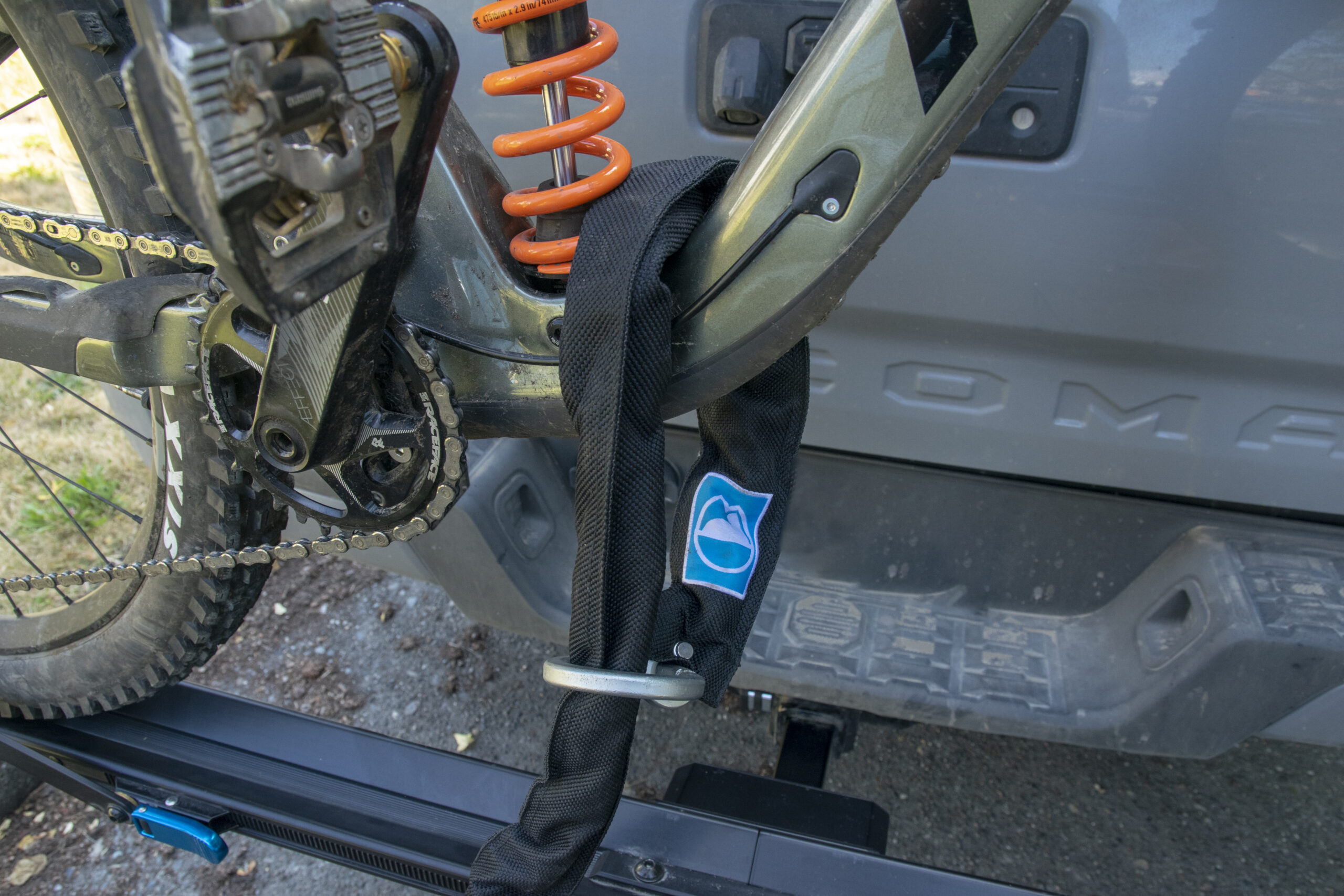
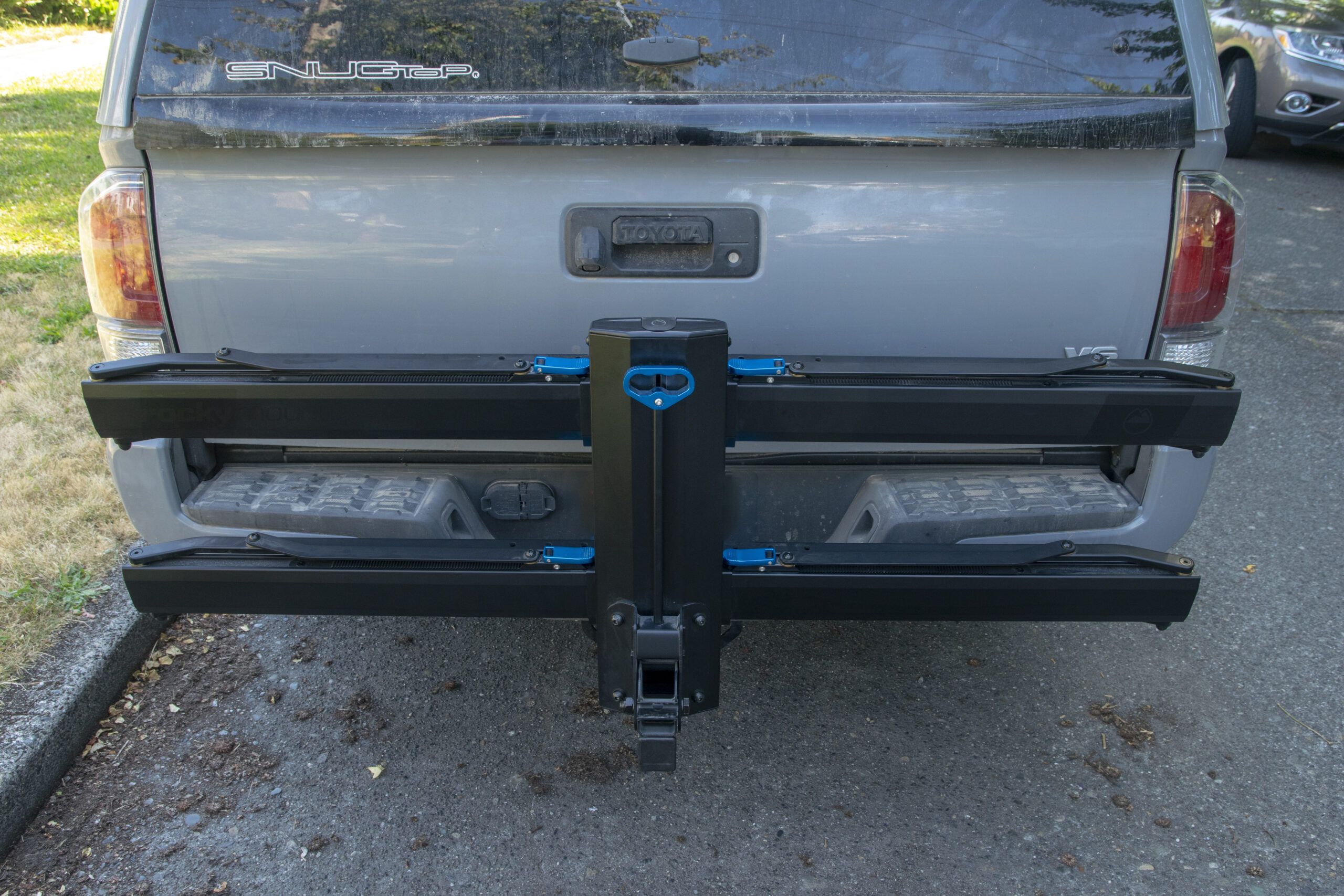
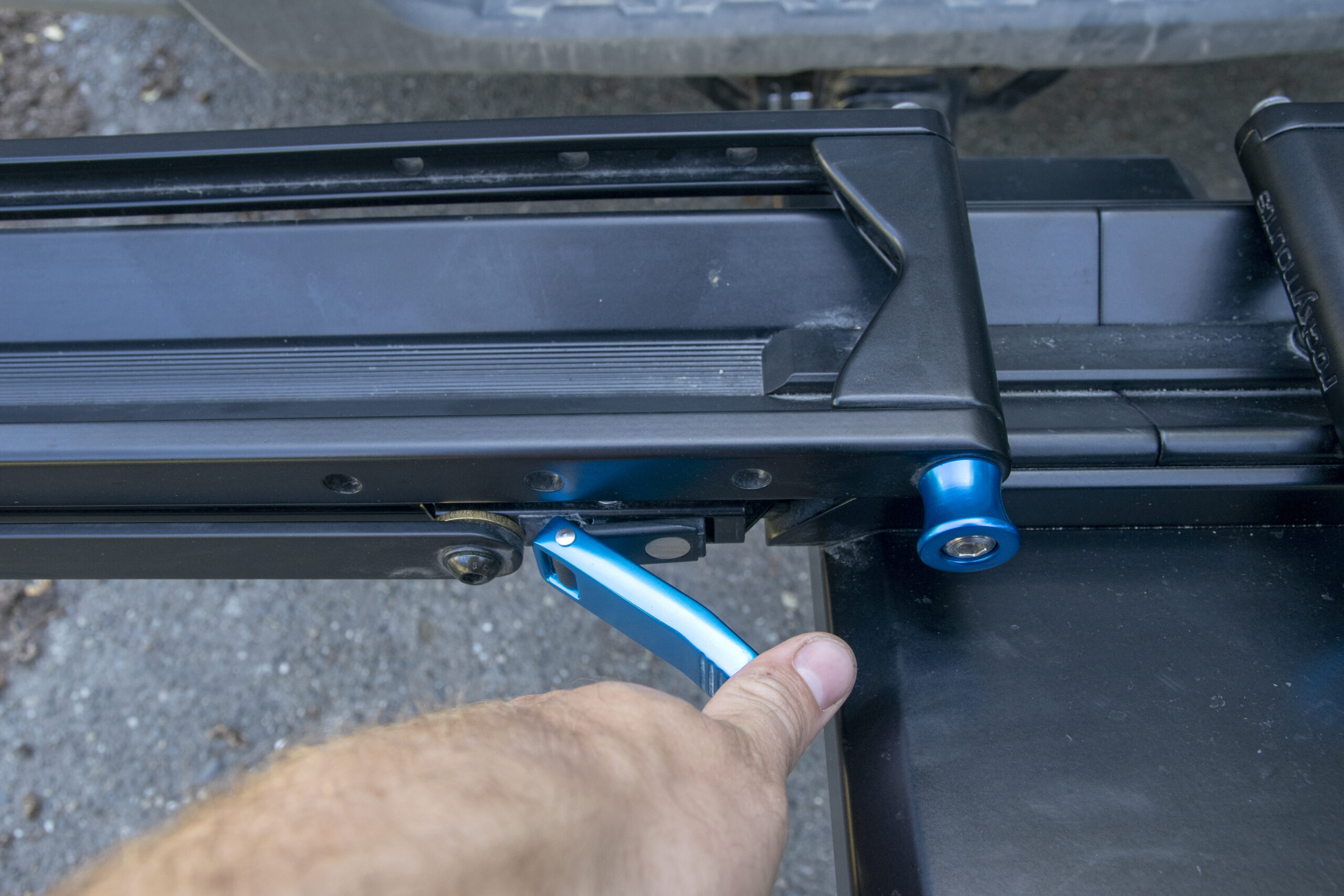
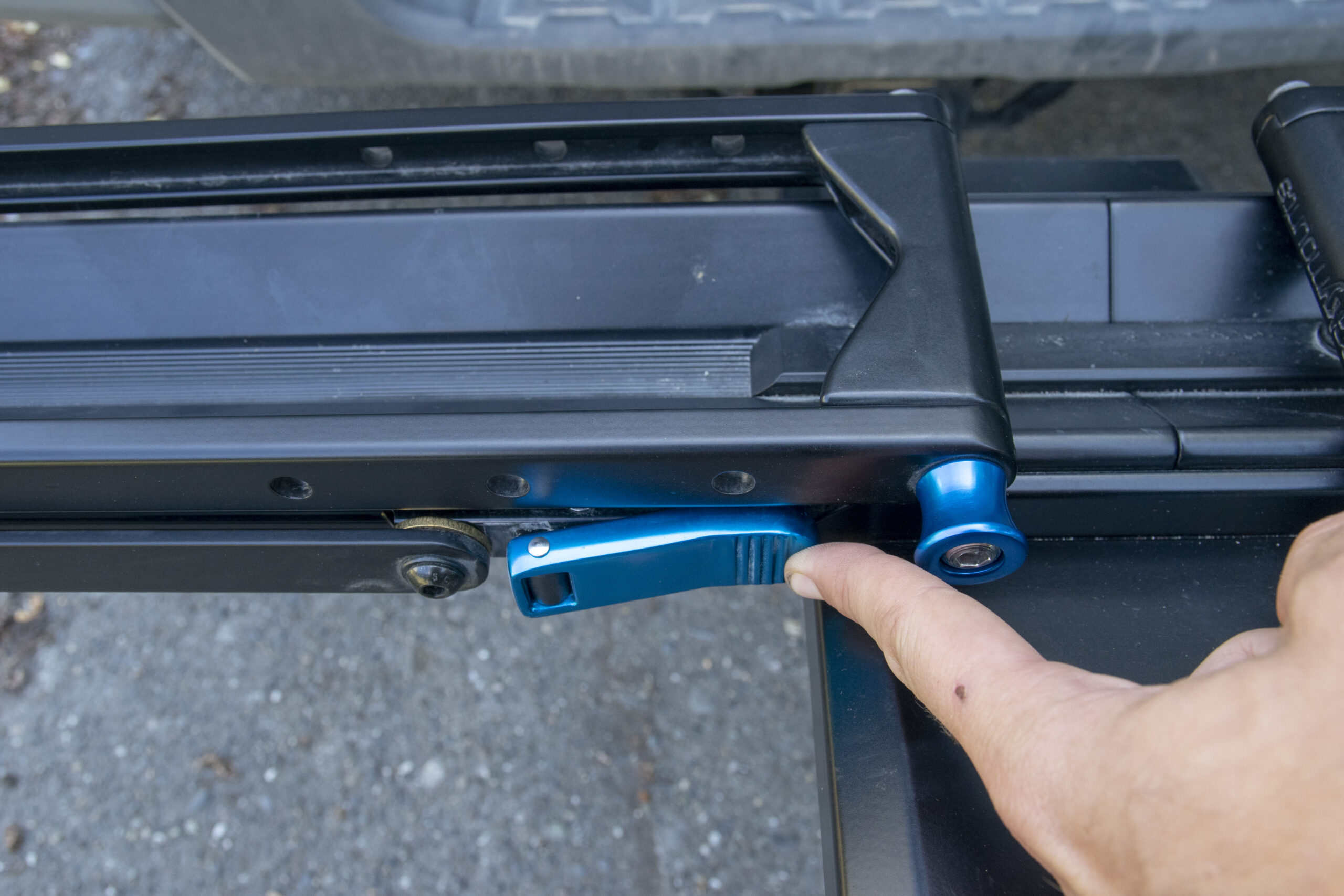
Mustang Survival Child Lil’ Legends Foam Vest
MSRP: $69.99
Kristin (& Linden): My son has tested a lot of life vests over the span of his young life. From spending time on waterski boats with family back East to river trips on SUPS, inflatable kayaks, and rafts, to pool play, my almost 4-year-old has spent time in at least 7 different life jackets. Prior to the Lil’ Legends Foam Vest, my son was wearing a Type III Speedo brand life jacket. Type III life jackets are intended for supervised water play. They are less buoyant but more comfortable and easier to swim in than a Type I life jacket. For most boat and water play, the Speedo works fine, but the straps are extremely long and I always had to tie them up to keep my son from tripping on them. The Speedo was also a little roomy, and the lack of a headrest was less than ideal for my son, who still isn’t swimming on his own. But the Speedo is fairly thin, and I purchased it to help him play in the water.
When I started planning for our first overnight raft as a family while simultaneously getting my boat license (not needed for the raft trip but needed for an upcoming trip to NH), I realized that the life jacket my son would be spending 3 days in was not as safe as I wanted. There are different classes of life jackets, and while the Speedo and a few of the other life jackets we have are fully legal for my son’s use on the river trip, they wouldn’t help him roll over onto his back if he did fall overboard. Again, my son is not swimming on his own yet, and while we’ve tried to get him there, or at least teach him what to do if he did fall in with his life jacket, ensuring that he had a life jacket that would help him float face up was a no-brainer for me.
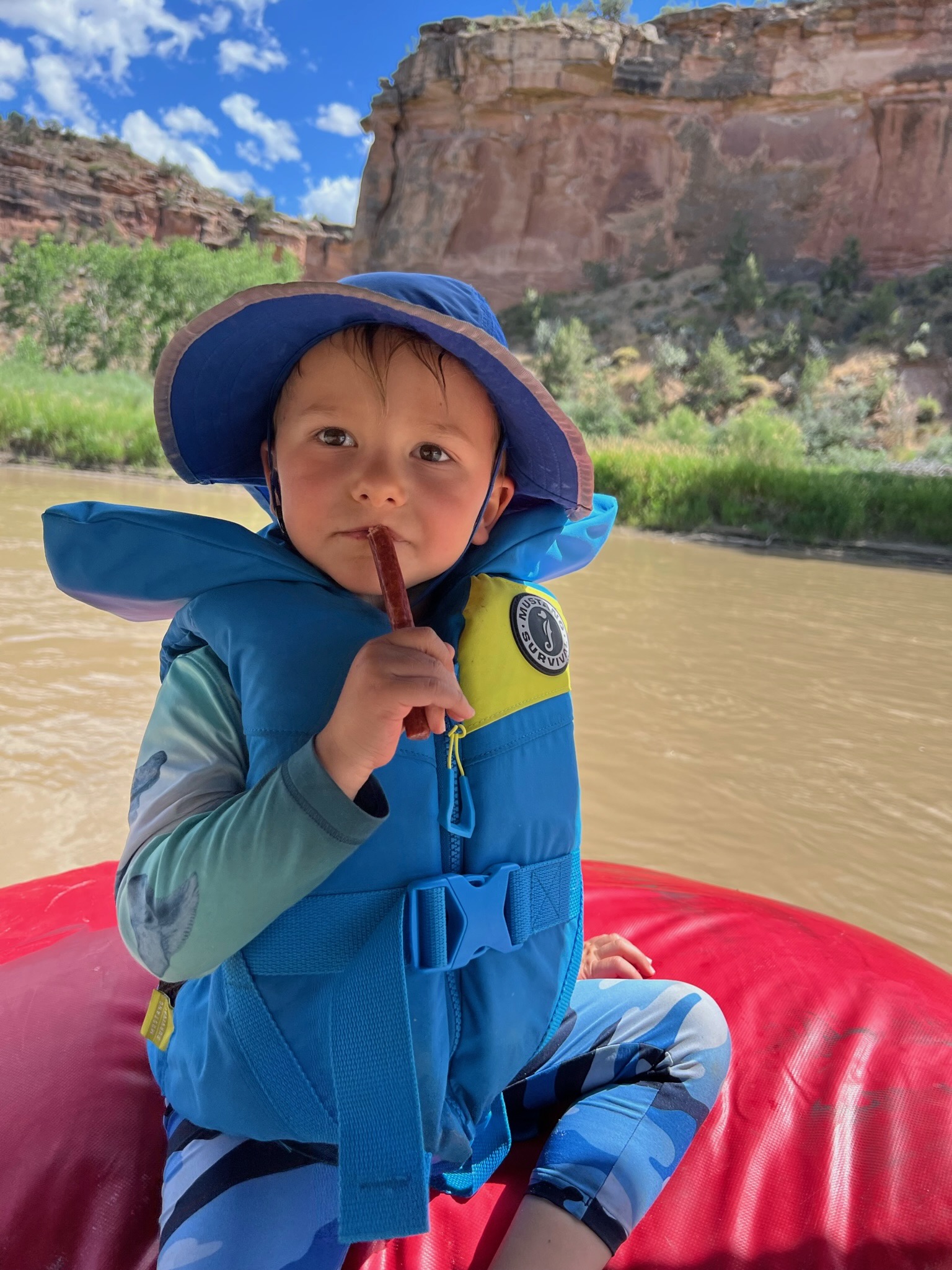
When the Lil’ Legends arrived I was a bit worried my son would refuse to wear it, especially over the course of 4 days. It is much thicker than his other life jackets and the big collar looked like it would interfere with his sun hat. He’s generally not particularly picky on things he wears, but we decided to test it out before committing to it for our multi-day trip. To our delight, my son enjoyed wearing the Lil’ Legends Foam Vest. He never complained about it, and I think the fact that it only has one strap that goes between his legs helped its comfort level. Also, the lower back of the vest is mesh, making it lightweight and breathable. He is still able to lean up against us and lay down comfortably while wearing it. And when we floated down the river, the vest’s headrest provided him some extra confidence.
On top of that, the biggest feature for me is the Lil’ Legends’ pull strap, which is something I’ve used on every other life jacket he’s worn, usually just to carry him around or pull him back into the boat. His other life jackets have the strap, but it’s located at the base of the neck. The Lil’ Legends strap is located at the top of the headrest, which I think makes it easier to access, especially when it’s needed in a hurry.
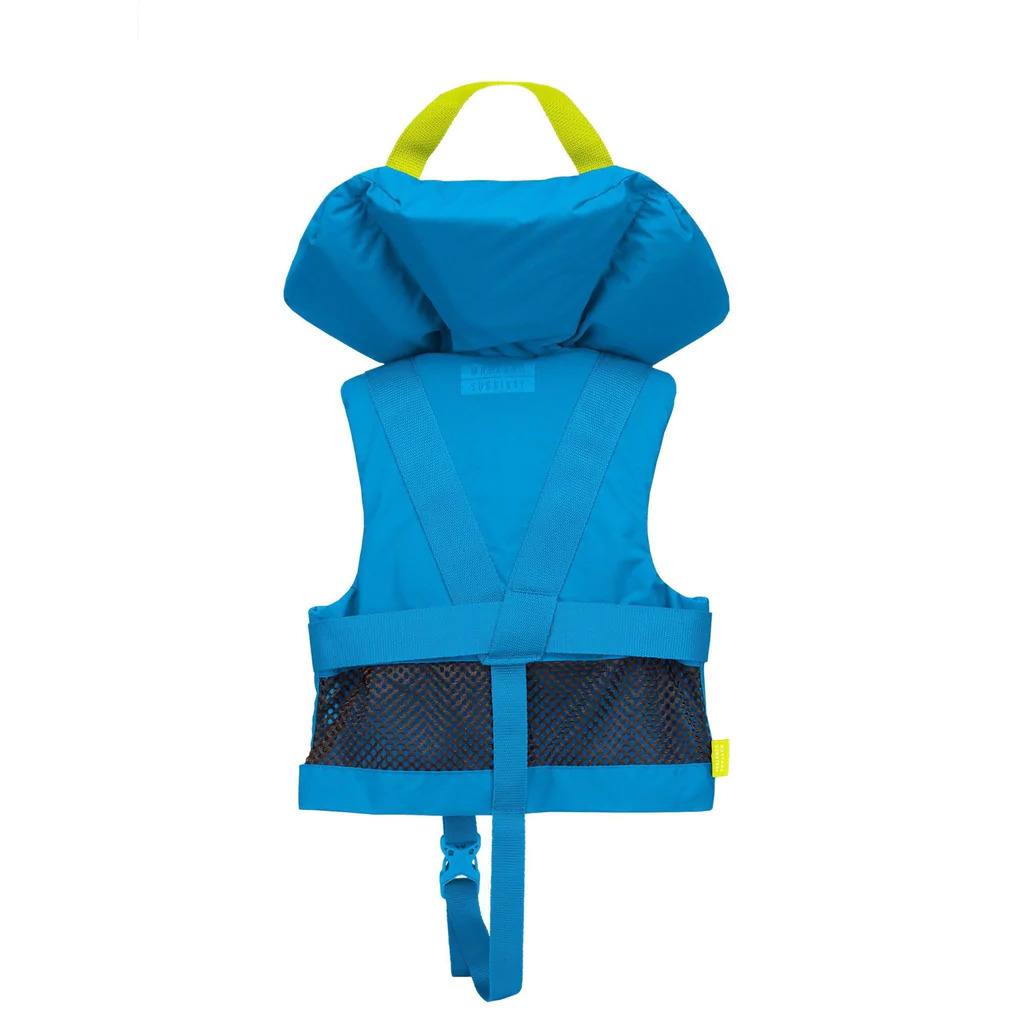
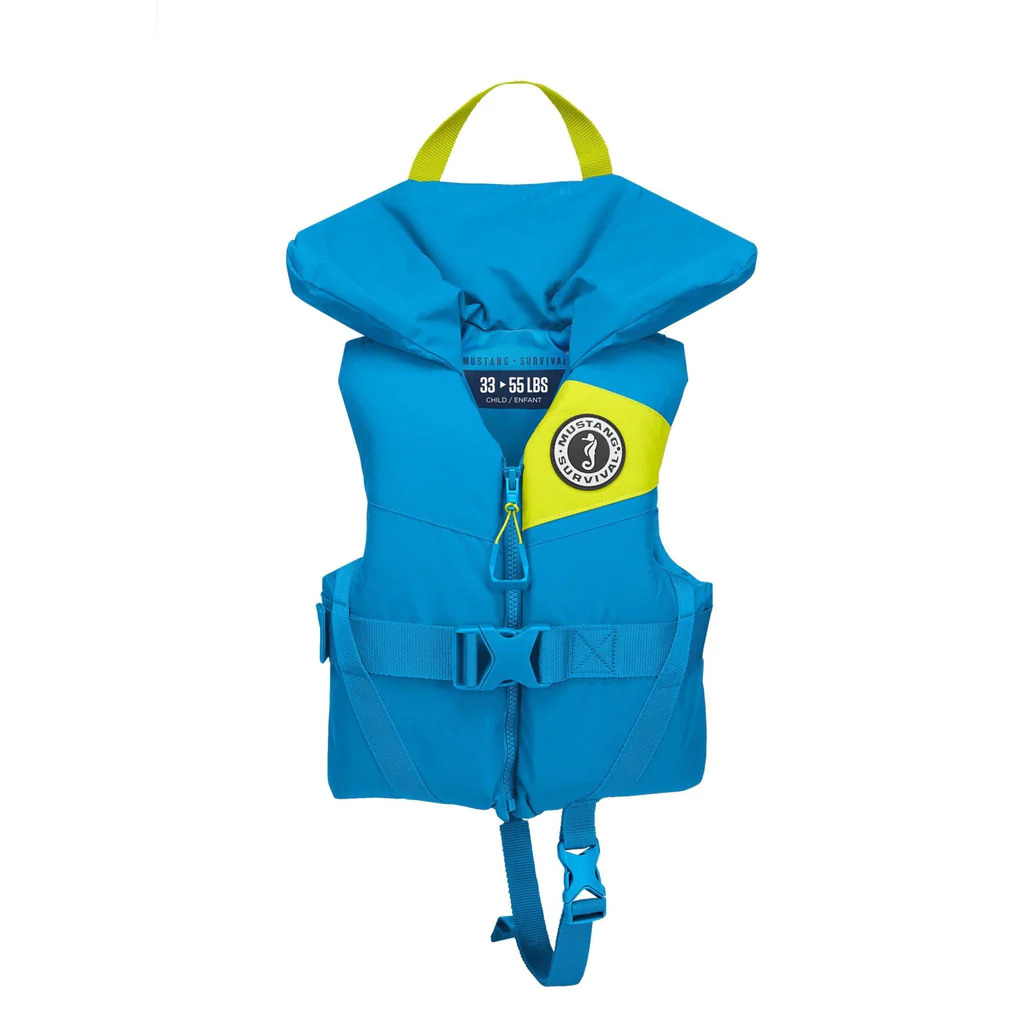
7iDP Sam Hill Knee Pads
MSRP: $90
David: We’re working on a big knee pad roundup (stay tuned for that), and while we’ve got a bunch more testing to do, the 7iDP Sam Hill is an early standout for me. As with most of 7iDP’s pads, the Sam Hill uses a spandex and mesh compression sleeve as the basis for its pads and relies entirely on that to secure them — there aren’t any straps or other adjustments. But a big part of what sets the Sam Hill pads apart is just how long that sleeve is. I’m 6’ tall and wear a size Medium, which goes from mid-calf to nearly halfway up my thigh, and the result is an impressively secure fit that’s also 100% comfortable for me to pedal in. The extra coverage of the sleeve does hamper breathability ever so slightly, but outside of the actual pad area, the sleeve is fairly thin and breathable (especially the mesh strip that runs up the entire length of the back side of the pads).
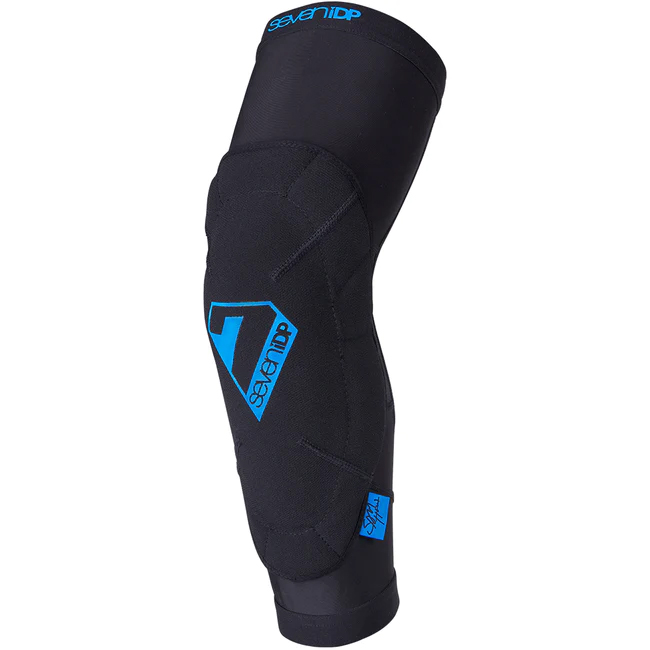
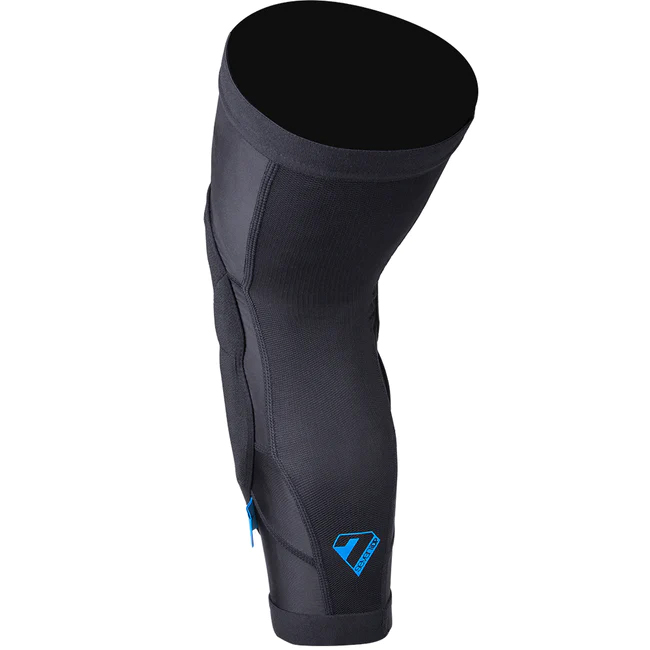
The padding on the Sam Hill wraps fairly far around the sides of the knee and is quite flexible, but it is on the thicker side, particularly over the front of the knee. I wouldn’t call the Sam Hill a full DH pad (their namesake has moved to the EWS in recent years, after all) but they’re on the more protective end of the spectrum for something that’s still comfortable to pedal in and not wildly hot. I don’t have enough time in them yet to have any thoughts on durability or anything like that (we’ll go into more detail in the upcoming roundup), but my initial impressions are super positive.

Able Carry Daily Backpack
MSRP: $158
Luke Koppa: I bring a backpack with me just about everywhere I go, whether that’s a quick walk over to Blister HQ or a week-long trip. I’m someone who gets anxious about potentially not having something I might need while away from home, so having a backpack with my laptop, portable charger, sunglasses, water bottle, and all my other daily essentials gives me peace of mind.
My everyday carry for the past several years has been the Aer Duffel Pack, and I still absolutely love it. That said, it is fairly bulky for an EDC, and while that’s awesome when I end up needing to haul around a bunch of clothes, shoes, or other gear, it can feel a bit excessive at times (particularly when shoving it under an airplane seat).
Given that, and my nerdiness for pack-design, I was excited when I got the opportunity to try Able Carry’s Daily Backpack. It’s a fairly modest 20-Liter pack that immediately caught my eye purely because of aesthetics — I’m a sucker for a teardrop silhouette, and the X-Pac material looks really slick.
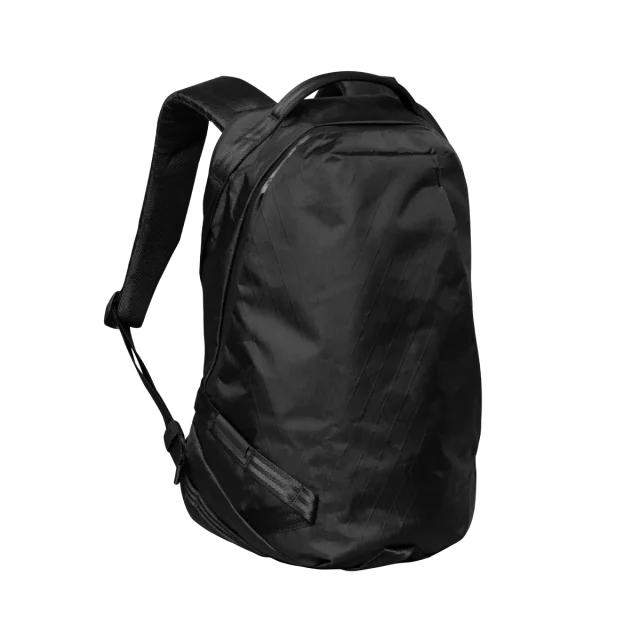
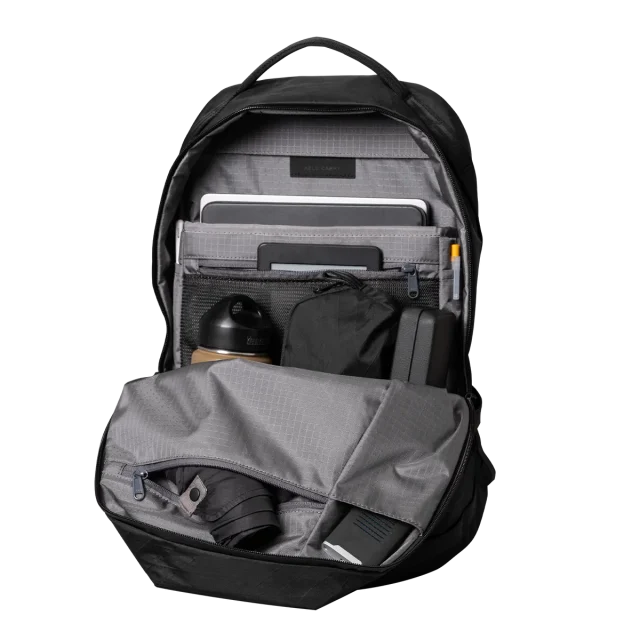
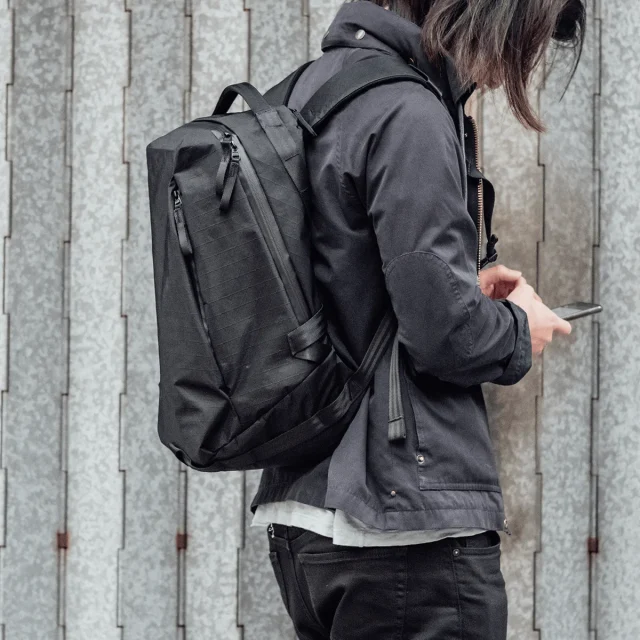
Looks aside, it seemed like a well-designed everyday pack, with lots of organization options, a breathable back panel, laptop sleeve that’d fit my 15” MacBook Pro, and a burly and very water-resistant build.
I’ve now been using it for a few weeks, and so far, I’m digging it as, well, a “daily” pack. I appreciate that the shoulder straps are pretty well padded and burly, and that the back panel doesn’t immediately leave my back drenched in sweat in the heat. I’ve found a useful purpose for all of the organization pockets; there’s a pretty large, flat one on the exterior of the face of the pack, a small one just above the shoulder straps on the back, and two on the interior (all are zippered). There’s also a drop-in sleeve on the interior, and two very small sleeves bordering the laptop sleeve that could fit a pencil, charging cord, or some cash. The laptop sleeve is nicely padded and keeps my laptop pretty secure (they say it fits up to most 16” laptops).
The burly, highly water-resistant X-Pac outer fabric has me feeling very optimistic about how well it will hold up over many years (and lets me worry less about being caught in one of Crested Butte’s random downpours). There’s also a removable foam insert that adds support and structure to the pack’s back panel, and while I plan on keeping it in for those reasons, it does make for a decent pad to sit on in a pinch. The pad and the Daily Backpack’s teardrop shape also mean that it stands up quite well on its own, which I always appreciate when setting it down. On the exterior, there is some burly webbing with sewn loops to lash gear to the bottom, including a U-lock for a bike.
In terms of areas with room for improvement, most of them come down to the modest size and clean look of the Daily Backpack (and my very subjective personal preferences). First, it doesn’t have an external bottle sleeve. I carry a huge 40-oz Hydroflask bottle that doesn’t fit in most packs’ bottle sleeves anyway, but it is something I miss from my bigger Aer Duffel Pack (the Daily’s internal sleeve could fit some narrow-diameter bottles). The external pocket on the back is also a bit of a tight fit when sticking my hand in there, and placing bulky items in the internal lining pocket can make it tricky to get to things at the bottom.
Those little quibbles aside, I’m a huge fan of the Able Carry Daily Backpack. I honestly never thought I’d try something that would get me to stop using the Aer Duffel Pack, but the Daily has become my everyday carry for all the days when I know I won’t need to haul a ton of gear. Its burly-yet-lightweight build quality is phenomenal, so I expect to use it for hundreds (if not thousands) of days to come.
Petzl Bindi Headlamp
MSRP: $44.95
Matt Mitchell: I have a habit of biting off more than I can chew when route planning mountain runs. Call it hubris or naïveté, I almost always underestimate how long a loop or point-to-point outing will take me. Overvaluing my fitness like this has left me feeling my way back to the trailhead in the dark on more than one occasion, an experience I can only describe as nightmarish.
This summer, I’ve started including a lightweight headlamp as part of my essential pieces of gear for any run or hike longer than a couple of hours. My favorite is by far and away the Petzl Bindi. At 35 g, the Bindi is, in my opinion, the best ultra-compact USB rechargeable headlamp on the market. Despite its size, the Bindi still broadcasts 200 lumens of brightness at its highest output, and has a battery life of 3 hours when on its standard setting (100 lumens). It’s not going to get you through an entire night, but it’ll do just fine for a few hours on either side of sunrise or sunset.
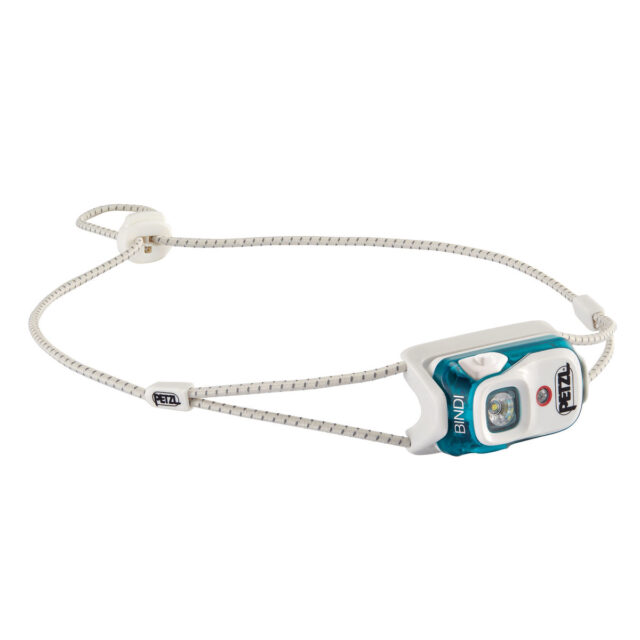
The Bindi’s minimalist design extends to its headband, too, an area that has often frustrated me on heavier headlamps. The Bindi uses a simple elastic cinch cord instead of fussy buckle straps that are difficult to adjust on the go. The actual headlamp is braced by a plastic frame that allows the light to be tilted up or down. I’ve found this feature to be really helpful when running on technical terrain. By angling the Bindi downward, I can better see what’s immediately underfoot in the dark.
I probably buried the lead here, but the best thing the Bindi has going for it is its compact size. In principle, I don’t love weighing down my pack with gear I hope never to use, but at 35 g and about the size of a box of matches, the Bindi’s practicality far exceeds the few extra grams it adds to my base weight. For more general use, like on weekday runs that start before sunup, I love being able to slip the Bindi in my pocket when I no longer need it. All in all, the headlamp’s lighting performance, fit, and stashability allow it to serve as an everyday option for early morning runs or for when your “big day” out in the backcountry actually involves a bit of night.
Chaco Lowdown Slide
MSRP: $80
Luke: Chacos’ Z/1 and Z/2 sandals have been my go-to warm-weather footwear for over a decade now, primarily because they offer enough arch support and a stable enough fit to feasibly work for everything from hiking to fishing and just strolling around. But for the latter, I sometimes wish they were easier to quickly throw on and get off (that statement could go under the definition of “first world problems”).
My sister got Chaco’s “Chillos” slides a couple years ago, and I loved the concept — Chaco-esque design, but in a slip-on style. That said, I don’t love how they look, and while they’re way lighter and more plush than Chaco’s classic sandals, I was worried about how well the all-EVA-foam midsole and outsole would hold up over the long run. Fortunately, Chaco recently came out with their Lowdown Slide, which features a denser EVA midsole and full-rubber outsole.
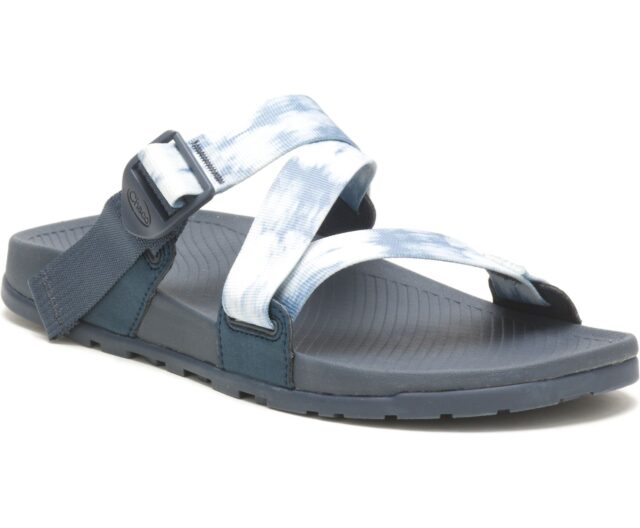
I’ve frankly been blown away by how much I like these slides, and how much more often I reach for them over my OG Chacos, primarily just because they’re so easy to put on / take off. The midsole is softer and a bit more plush than the PU midsole on Chaco’s original Z/1 and Z/2 sandals, but you still get a useful amount of adjustability via the classic Z-style webbing design. I’ve worn them a couple times while fishing when I expected to be wearing waders but the weather and water ended up being quite hot, and they were surprisingly functional as a backup wet-wading shoe. They definitely aren’t nearly as secure in fast water as a Z/1 or Z/2, but they did the trick in a pinch. But mostly, they’ve become my go-to footwear choice for running errands, hanging out on / around the water, and when I want something to slip on after wearing bike shoes, wading boots, etc. I also think they look really good. I’ve only had them for a couple of months now, but so far they’re holding up great and I look forward to using them for years to come.
Dynafit Performance 2 Dry Headband
MSRP: $25
Drew Kelly: Ah, summer — It’s hot. It’s sweaty. Sunscreen is always caked on my face and I’m usually rocking a lightweight hat with a brim. However, this year has been especially warm (not to keep bringing up a depressing subject), and as such, I’ve been experimenting with headwear that is more breathable than the typical hat. Visors have been an improvement, but when I’m really working hard, sunscreen inevitably trickles down into my eyes.
So, I decided to try out some headbands. I figured, at the very least, they’d make me look faster than I am. My first attempt was just a rolled-up lightweight buff I would wear skiing, which was still too warm. But after a few tries, I found Dynafit’s Performance 2 Dry Headband, in pink.
The first thing I noticed about the headband was that it was just way more comfortable than wearing a hat: flat seams, stretch, no awkward brim, and no ear-hat-sunglasses integration issues at all. And as I started sweating, I found that the polyester / elastane full forehead coverage miraculously absorbed the torrent of salty sunscreen approaching my eyes (who would have thought?!).
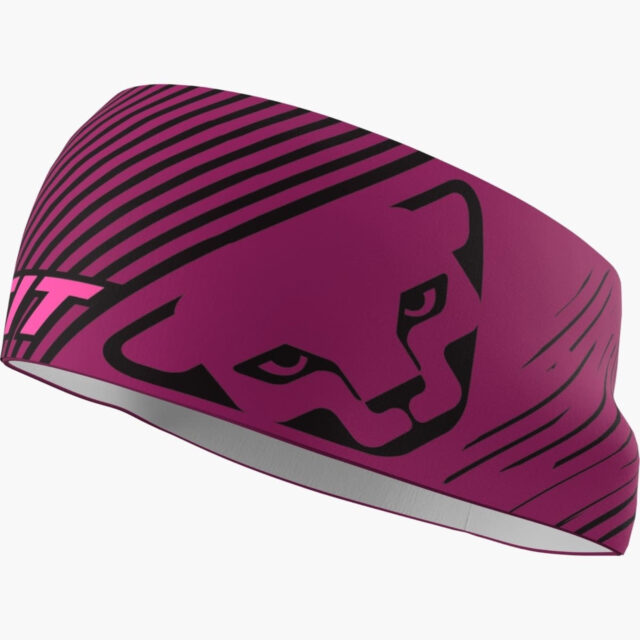
So yes, we’ve got comfort, but Dynafit’s Performance 2 Dry Headband is also super versatile: pull it down over the ears if a cold breeze or rain sets in, or maybe it’s inhumanly hot — no problem, just bunch it up like a thinner sweatband for more breathability.
And while having the shade provided by a brim can be necessary for really long hours under the sun or if your sunglasses don’t provide enough coverage, for shorter high-output efforts in the heat, I’m standing by Dynafit’s 100% recycled Performance 2 Dry headband.
Flylow Sundown Shorts
MSRP: $70
Kristin: My typical go-to summer shorts are running shorts, but this spring and summer I made an effort to change my style while maintaining the same level of comfort running shorts provide. I initially ordered the Sundown Shorts in a size Medium, but after exchanging them for a size Small, they quickly became one of my favorite pairs of shorts.
The slightly stretchy fabric, elastic waist, and athletic fit of the Sundown make for a comfortable short. The 9 in / 3.5 cm inseam hits about 3 in / 7.6 cm above my knees, which is a nice length on my 5’8” / 172.7 cm frame. I have the Sundown Shorts in the light pink flamingo color. The fabric is rated at UPF 40+, but you can still see through it ever so slightly, so I tend to choose my undergarment colors carefully.
If you’re looking for a mid-length short that fits comfortably, I recommend checking out the Sundown Shorts.
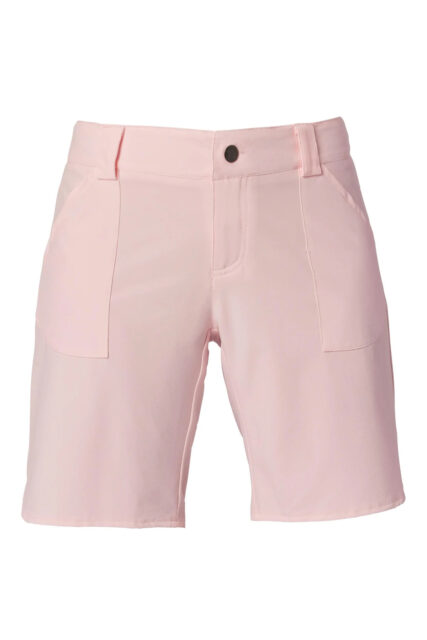
Coal Provo UPF Tech 5-Panel Cap
MSRP: $34
Drew: Yes, I did in fact just praise the use of headbands, but I’m about to take my hat off… to a hat. Listen, my skin is pretty sensitive to the sun. I spend many hours every week at elevations between 8,000 feet and 14,000 feet, and I have a weirdly shaped head, so adapting my headwear and sun protection to each situation is important to me.
If I’m going to wear a hat, it has to fit properly. Obviously, whether something fits is going to be unique to everyone, but Coal’s Provo UPF Tech 5-Panel Cap — with its semi-flexible flat brim, shock-cord band, barrel lock clasp, and ventilating polyester — will be quite comfortable for many different head shapes and sizes.
With the Colorado alpine finally melted out enough to spend long days on ridgelines, I’ve surrendered to wearing a hat. The Provo has been my top choice for its impressive breathability, low-profile seams, large brim, UPF 50 rating, and as I mentioned, accommodating fit. As a bonus, it goes unnoticed when worn under my climbing helmet.
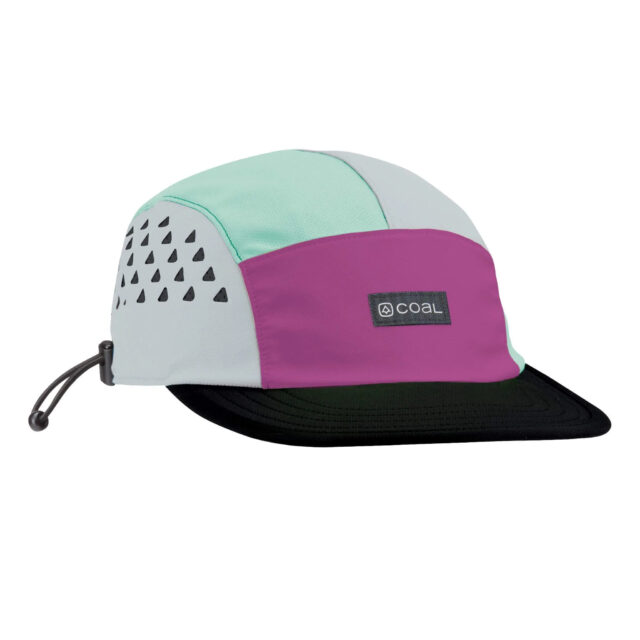
Finally, I like Coal’s branding. The company substitutes ostentatious graphics and logos for an eclectic choice of color patterns. They are, in a way, a subtle reminder to have fun, even in the depths of labored breathing or on scary exposure.

7iDP Sam Hills are the best kneepads I’ve ever used (and I’ve used a lot – leatt, POC, RF, Troy Lee, etc). No contest. Comfortable, breathable enough for all day rides in the heat, reasonably priced, and CE-2 protection! What more could you want.
Looks like a killer headband, but appears to be unavailable unless you’re in Europe?